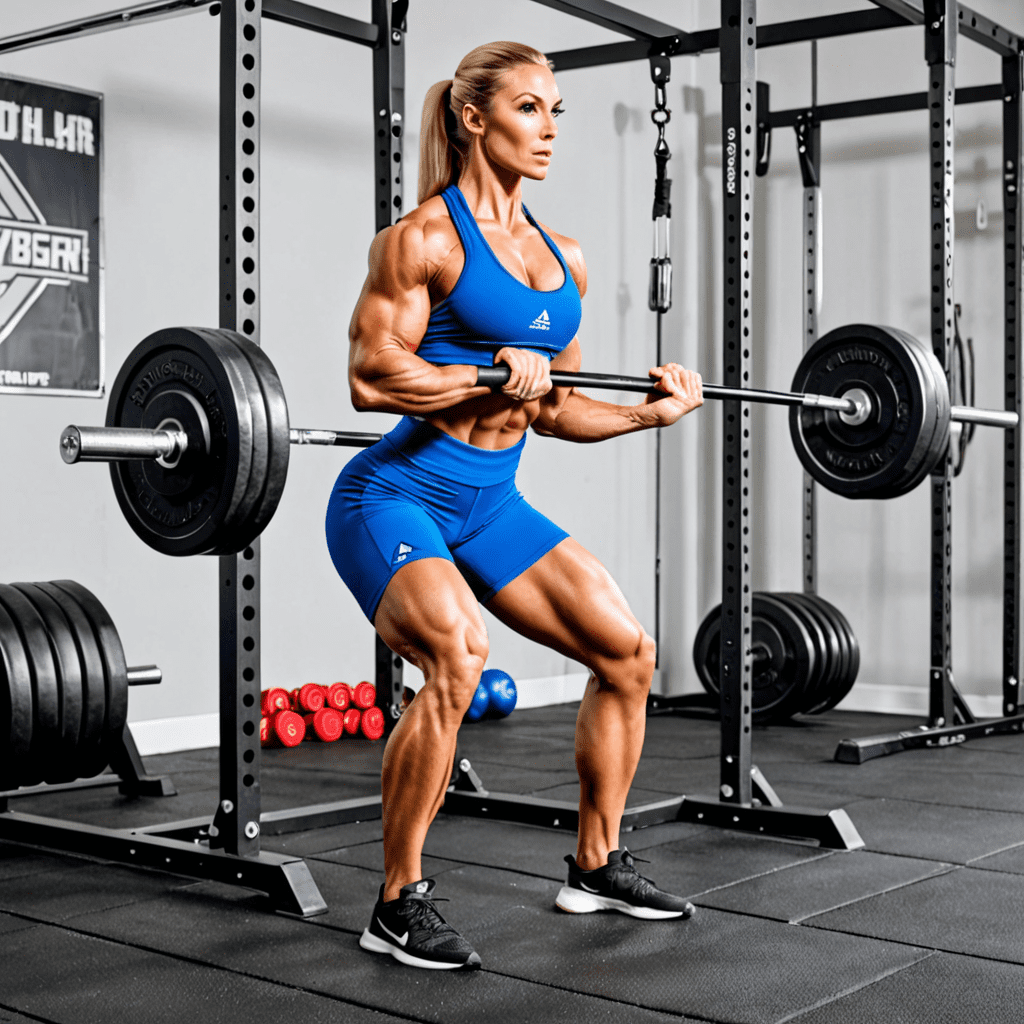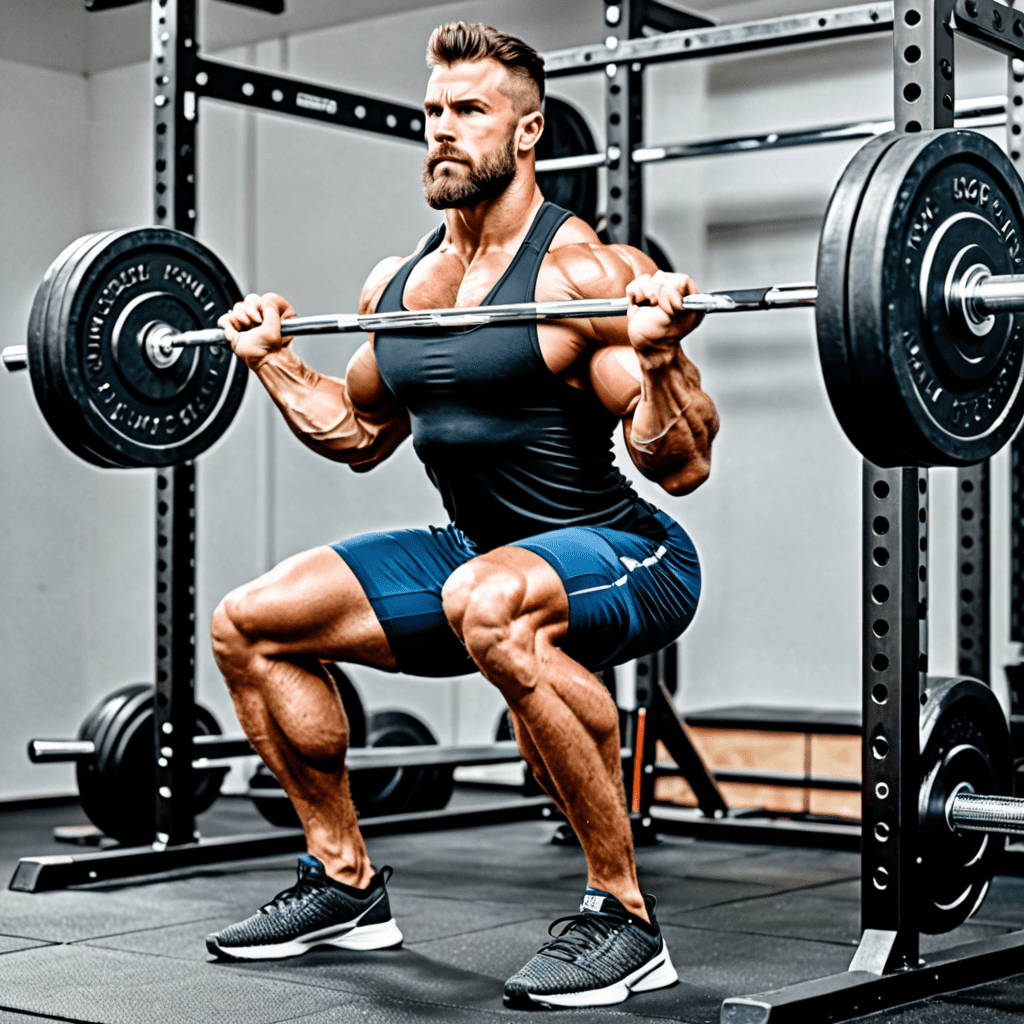
Discover the Best Way to Grip a Squat Bar for Improved Performance
When it comes to holding a squat bar, the right technique can make a significant difference in your performance and overall safety. Whether you’re new to weightlifting or looking to refine your form, mastering the proper grip is essential. In this comprehensive guide, you’ll learn the best practices for holding a squat bar to optimize your workouts and minimize the risk of injury.
Understanding the Importance of Proper Bar Grip
Before delving into the specifics of how to hold a squat bar, it’s crucial to understand why the correct grip matters. A secure and stable grip provides the foundation for executing squats with proper form, maximizing strength and stability throughout the movement. Additionally, an optimal bar grip helps distribute the weight evenly, reducing the strain on specific muscle groups and joints.
The Basic Squat Bar Grips
There are two primary methods for gripping a squat bar: the high bar and the low bar position. The high bar position involves placing the barbell across the upper trapezius muscles, while the low bar position rests on the rear deltoids and upper back. Each grip can influence the distribution of the load and the engagement of different muscle groups.
High Bar Position: Proper Technique
When using the high bar position, the barbell should be positioned on the upper trapezius muscles, just below the base of the neck. Ensure that your grip on the barbell is comfortable and that your elbows are positioned underneath the bar to create a solid support structure. This grip is commonly utilized for Olympic weightlifting and is ideal for those focusing on quadriceps development.
Low Bar Position: Essential Tips
For the low bar position, the bar should rest lower on the upper back, near the rear deltoids. Maintain a wider grip compared to the high bar position, with the elbows pointed slightly more backward to support the bar’s placement. The low bar grip is favored by powerlifters and can help reduce stress on the knees while emphasizing the involvement of the posterior chain muscles.
Neutral Wrist Position: Hand Placement
Regardless of whether you choose the high or low bar position, maintaining a neutral wrist position is vital. Avoid excessive bending of the wrists, as this can lead to discomfort or strain during the squat. Keep your hands firmly gripped on the barbell while ensuring that the wrists remain in alignment with the forearms.
Frequently Asked Questions (FAQ)
Q: Should I use lifting straps for better grip?
A: While lifting straps can aid in gripping a squat bar, relying on them excessively may hinder the development of grip strength. It’s recommended to focus on enhancing natural grip strength through proper technique and gradually increasing resistance over time.
Q: How can I prevent wrist discomfort while holding the squat bar?
A: To minimize wrist discomfort, ensure that the barbell is positioned securely by creating tension in the upper back and shoulders. Additionally, using wrist wraps can provide added support and alleviate any discomfort during heavy squatting sessions.
Q: Is chalk beneficial for enhancing grip during squats?
A: Chalk can be beneficial for improving grip by reducing moisture and enhancing friction between the hands and the barbell. However, be mindful of gym regulations regarding the use of chalk, and always clean up after yourself to maintain a respectful training environment.

